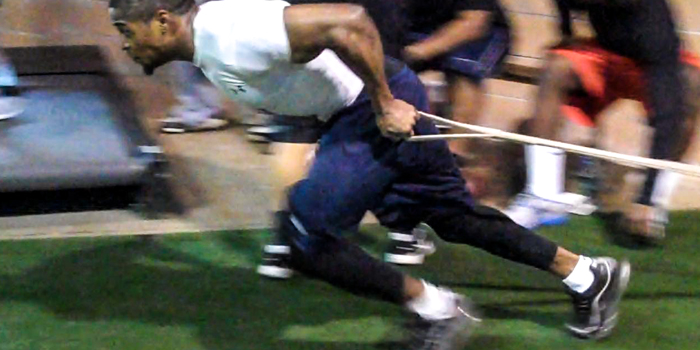Speed kills. How many times have we heard that? Anyone who has worked with team sport athletes understands that in order to make it to a professional level, athletes MUST have the speed necessary to do so. I have worked with college football players that missed making it to the NFL strictly because they ran a bit too slow in their 40-yard dash. Sure, cases can be made that the 40-yard dash has little to do with the movement requirements of American football, but there’s no doubt that players are being scouted on their raw ability to move with speed. At the end of the day, the player who can move the fastest within the context of their sport will almost always be more successful. Therefore, regardless of the specific context, speed is a necessity in team sports.
For the purposes of this article, the discussion about speed will be limited to field and court-based team sport athletes. While hockey and water polo players must be able to display great movement speeds, other physics are involved that make the demands very different from land-based locomotion. The fastest way to move on land is to sprint in a linear direction. For this reason, we will specifically consider the case for linear sprint training for team sport athletes.
In linear sprinting, there are typically three phases that are accounted for: the start, acceleration, and maximum velocity.
The Start
The initiation of a sprinting motion typically requires a great deal of explosive and starting strength. In track and field, the start happens from being positioned on blocks. For team sport athletes, however, the start can happen from a variety of different positions. Examples of drills to use can include a 2-point start, 3-point start, starting from a push-up position, or even starting by turning to the side (using a hip turn) or starting to the rear (using a drop step) (6). No matter what the starting position is, athletes must be able to get into a proper acceleration position and overcome the forces of their own body weight and inertia to explode into a sprinting motion.

No comments:
Post a Comment